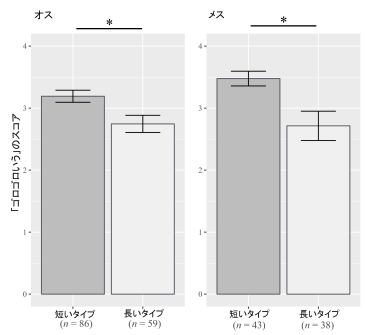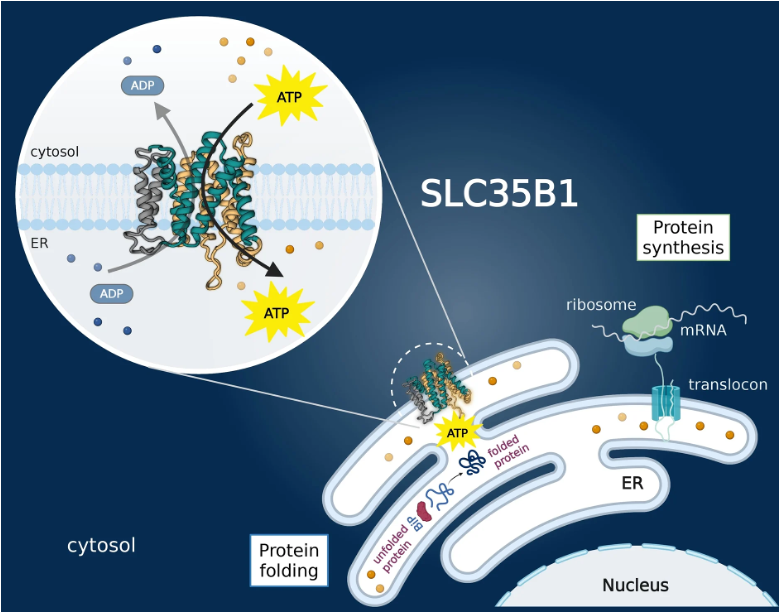2025-05-29 京都大学

図 1:「ゴロゴロいう」のスコアとアンドロゲン受容体遺伝⼦のタイプ
<関連情報>
- https://www.kyoto-u.ac.jp/ja/research-news/2025-05-29-0
- https://www.kyoto-u.ac.jp/sites/default/files/2025-05/web_2505_Murayama-313f366679154c05e2d6bd8d477545dc.pdf
- https://journals.plos.org/plosone/article?id=10.1371/journal.pone.0324055
猫におけるアンドロゲン受容体遺伝子と行動形質との関連性 Association between androgen receptor gene and behavioral traits in cats (Felis catus)
Yume Okamoto,Madoka Hattori,Miho Inoue-Murayama
PLOS One Published: May 28, 2025
DOI:https://doi.org/10.1371/journal.pone.0324055
Abstract
Cats (Felis catus) are companions familiar to people worldwide. Despite their popularity, few studies have investigated the genetic background of their behavior. This study aimed to explore the relationship between candidate gene genotypes and behavioral traits in cats. Behavioral traits were assessed by cat owners using the Feline Behavioral Assessment and Research Questionnaire (Fe-BARQ), comprising 23 categories. The target gene was the androgen receptor gene (AR) associated with behavioral phenotypes such as aggressiveness across species. Specifically, the polymorphism of glutamine repeats within the AR exon 1 region was analyzed in 280 neutered/spayed mixed-breed cats (145 males and 135 females), revealing eight alleles with 15–22 repeats. These alleles were categorized into two groups based on the median: short (≤18 repeats) and long (≥19 repeats) types. Generalized linear model analysis revealed that cats carrying the short types displayed higher “purring” scores. Furthermore, male cats with short-type alleles showed higher “directed calls/vocalizations” scores, whereas females with short-type alleles showed higher “stranger-directed aggression” scores, than their respective counterparts with long-type alleles. Additionally, the comparative analysis of the homologous regions of felid AR genes revealed that long alleles with 20–22 repeats were specific to cats. This finding suggests that cats with a strong tendency to receive human care from birth may survive without vocal communication, leading to an increase in the frequency of the long alleles. This study provides the first evidence that AR glutamine repeats may be associated with specific behavioral traits in cats, and the findings have potential applications in improving animal welfare by predicting behavioral tendencies based on genetic data.


